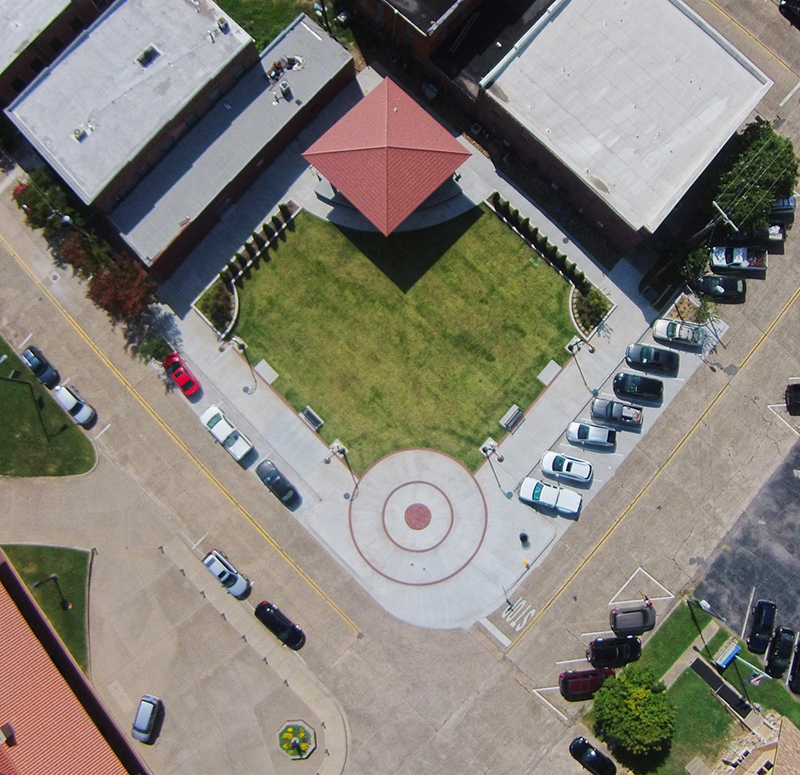
Mark Owings, AIA, LEED AP
Senior Vice President - ArchitectureIt's no secret that farmers markets have become increasingly popular in recent years. As demand for fresh, local produce rises, cities across the country are investing in the development of versatile, strategically located venues with farmers markets in mind. When thoughtfully designed, public spaces that host farmers markets can also serve as festival backdrops, outdoor concert venues, demonstration kitchens, and more. From an urban planning and building design perspective, there are several factors to consider when determining an ideal farmers market location and whether or not a structure is feasible.
Visibility + Access
A farmers market can have a wide selection of the freshest local produce in town, but it cannot realize its full potential without a proper location. Central commercial districts, such as downtowns, often make for ideal locations because they offer built-in foot traffic along with easy access and high visibility.
Ensuring connectivity to parks and trail systems is a great way to boost traffic without requiring additional parking. Farmers markets located next to an open green space create opportunities for events that can attract new shoppers. Yoga classes, dog days of summer events where everyone brings their pup, and pop-up art shows can all draw people to a market.
Structure type
Many thriving farmers markets take place in the open by using a parking lot or a town square. At these events, vendors provide tents for shade. However, many cities choose to invest in large canopy structures, which provide protection from the elements and make it easy for vendors to set up and tear down. The positive economic impact that farmers markets offer can help offset the short-term construction costs associated with a shade structure. In fact, a 2008 study conducted by staff at Oklahoma State University found that every dollar in total farmers market gross sales generates $2.36 for the local economy.

If the site allows for new construction of a covered pavilion, public restrooms and shaded seating are amenities that can elevate a farmers market's success. During the planning and design process, it's crucial to consider all of the potential uses a shade structure might provide on a particular site. For example, some communities use pavilions to host farmers markets during growing seasons, but during winter months the pavilion transforms into an outdoor ice skating rink.
An indoor farmers market allows for year-round use and can double as a versatile community event space. If a commercial kitchen is feasible as part of the building design, it can be used for cooking demonstrations, food-prep during festivals, or as an incubator for small business.

DEPOT PARK LOCATED IN DOWNTOWN RUSSELLVILLE, ARKANSAS HOSTS THE POPE COUNTY FARMERS MARKET.
Success story
Providing areas with multiple uses is part of what has spelled success for Detroit's Eastern Market. The farmers market there dates back to 1891, but in 2006 it reorganized as a public/private venture. Today it has a wholesale market, a retail market, and a street market in a five-building complex. Peak foot traffic can hit 50,000 people on a Saturday. While few communities have the potential to reach that scale, more cities are taking advantage of the increasing demand for locally-grown produce.
Many communities are investing in strategically located, thoughtfully designed community spaces that serve as destination farmers markets. This investment is a way for cities to enhance quality of life and strengthen the local economy. When realizing their full potential, farmers markets provide more than access to local fruits and vegetables. The sights, sounds, and activities surrounding them become part of the fabric of a community and create a sense of place.